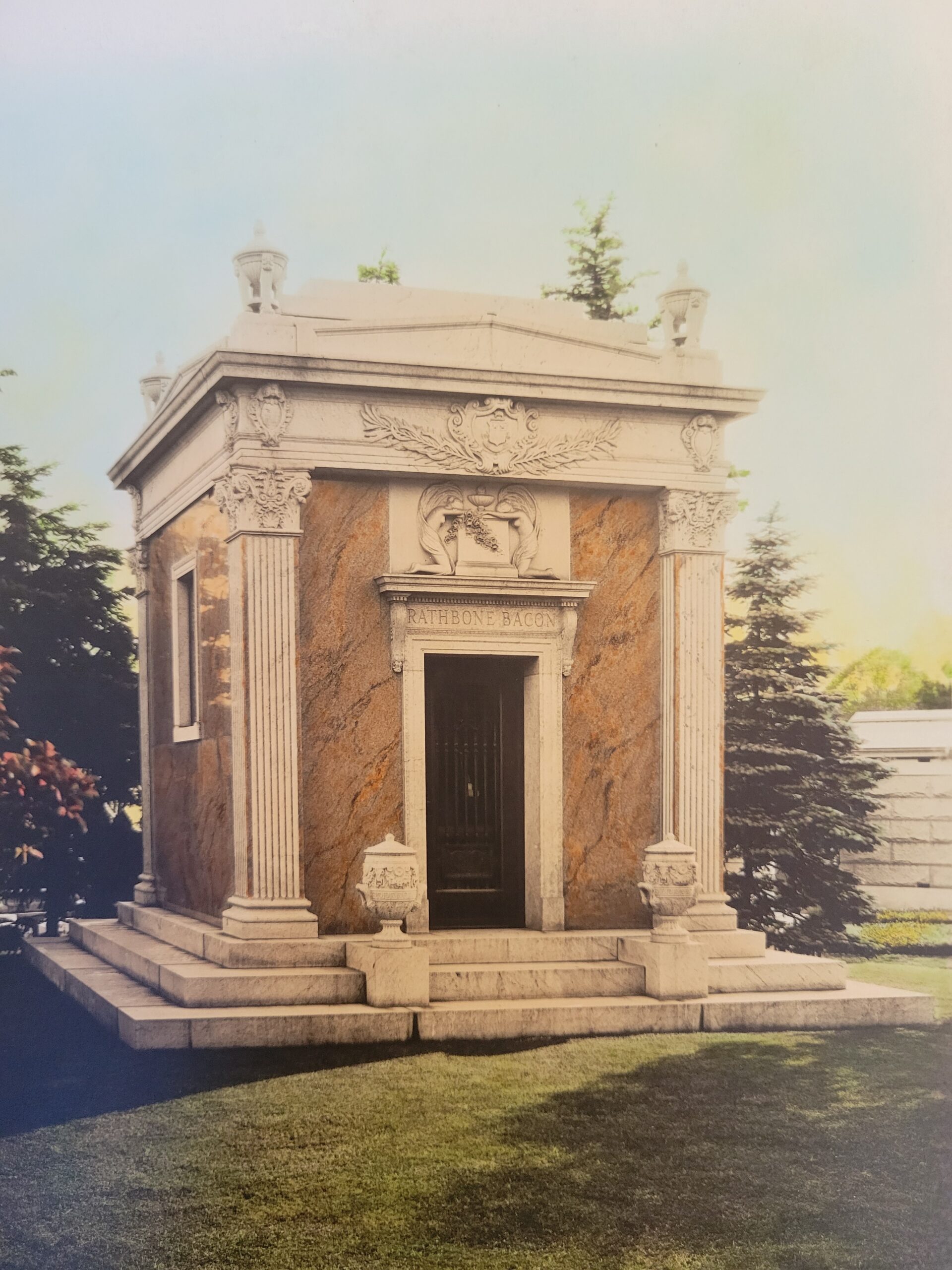Early years
Walter Rathbone Bacon was an American capitalist who earned his wealth by organizing a system of tramways in Europe. He became part of the Vanderbilt family when he married Cornelius Vanderbilt’s granddaughter Virginia. Bacon was born in New York on February 22, 1845. Not much is written about his childhood or education. He and his wife Virginia spent most of their time abroad in one of their many homes. London and Scotland were their primary places of residence. Once World War I broke out, the two left Europe and resided in New York City.
Over his career, Bacon acted as director of Imperial Tramways Company, London Street Tramways Company, Corris Railway Company, Bell Punch Company Ltd., Hull Street Tramways Company, North Metropolitan Tramway Company and Belfast Street Tramways Company.
The Bacons were an early power couple
Virginia, his wife, was also very well known as an American heiress and art dealer. When she was young her mother moved to France where she grew up and met Bacon. She was never employed and lived mostly off her inheritance and her husband’s wealth. She had many friends in the art world including Charles Deering. Her portrait was painted several times and one painting hangs in the Metropolitan Art Museum in New York City.
Death and memorialization
Walter died in his Fifth Avenue apartment on November 14, 1917. His wife, Virginia, established the Walter Rathbone Bacon Fellowship at the Smithsonian Institution in memory of her husband. Virginia died in 1919 and her funeral was held at St. Thomas Church in Manhattan. She is buried along with her husband and brother-in-law Edward, in the Bacon Mausoleum in Woodlawn Cemetery, New York. Virginia and Walter had no children.
The mausoleum is crafted from Stony Creek granite and is featured in the George Dodds and Sons Granite Company Art catalogue. The mausoleum at the time was featured not only because of the granite selection but because it was very modern for the time. The mausoleum shows the quality and craftsmanship that Dodds was known for then and still today.

